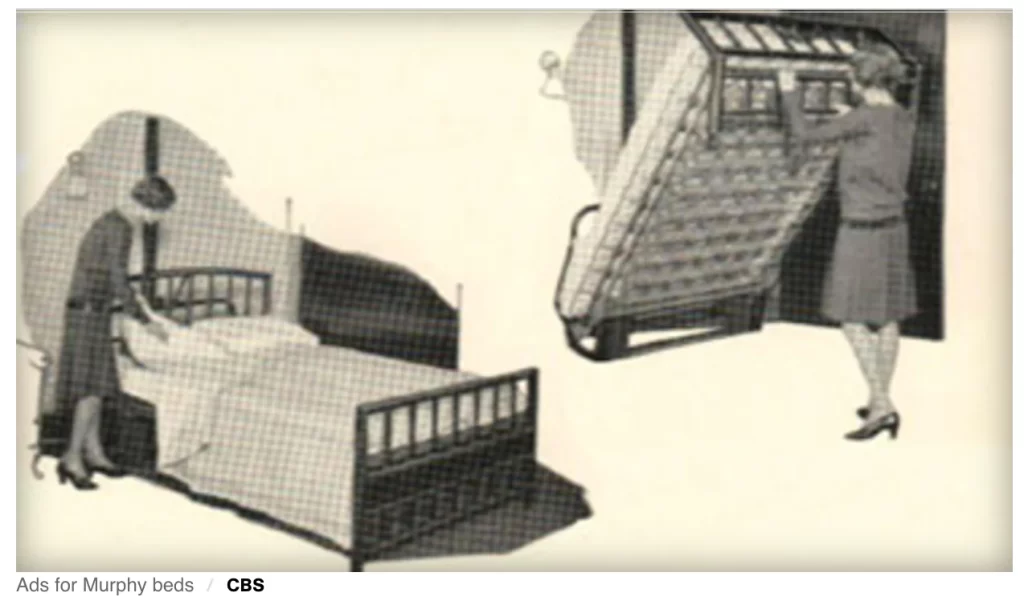How Did Murphy Beds Get Their Name?
In the world of compact living, few inventions have stood the test of time quite like the Murphy bed. Revered for its ingenuity and practicality, this space-saving marvel has a fascinating origin story that dates back over a century.
The tale begins in the bustling city of San Francisco in the late 19th century. It was here that William Lawrence Murphy, a young inventor with a knack for innovation, found himself faced with a unique challenge. Like many young bachelors of his time, Murphy lived in a small apartment where space was a precious commodity. However, he had his heart set on a young opera singer, but societal norms of the era frowned upon a bed in the living room.
Undeterred by convention, Murphy set out to find a solution that would allow him to entertain guests without revealing the presence of a bed in his living space. Inspired by the concept of fold-up beds used in ships and trains, Murphy began tinkering with designs in his workshop.
After much experimentation, Murphy unveiled his masterpiece: a bed frame that could be hinged vertically into a closet or cabinet when not in use, thus freeing up valuable floor space. This ingenious invention not only solved Murphy’s dilemma but also laid the foundation for what would become known as the Murphy bed.
William Lawrence Murphy & The First Wall Bed
In 1900, Murphy patented his creation, dubbing it the “disappearing bed.” The design was simple yet effective, featuring a counterbalance mechanism that allowed the bed to be raised and lowered with minimal effort. It was an instant hit, especially in urban areas where space was at a premium.
As word of Murphy’s invention spread, demand for his disappearing bed soared.
Soon, Murphy was inundated with orders from across the country, prompting him to establish the Murphy Wall Bed Company to meet the growing demand.
Over the years, the Murphy bed underwent several refinements and adaptations, evolving to meet the changing needs and tastes of consumers. In the 1920s, as Art Deco aesthetics gained popularity, Murphy beds were redesigned to incorporate sleek, geometric motifs, blending seamlessly with the era’s modernist sensibilities.
During the Great Depression, when many families found themselves living in cramped quarters, the Murphy bed offered a practical solution for maximizing space. Its affordability and versatility made it a popular choice for small apartments, boarding houses, and even hotels, where every square foot counted.
The Murphy bed’s popularity continued to grow throughout the 20th century, spurred by its appearance in films, television shows, and works of literature. Its association with efficiency and urban living made it a symbol of modernity and progress.
Wall Beds Today!
Today, the Murphy bed remains as relevant as ever, albeit with some modern updates. Advances in materials, manufacturing techniques, and engineering have led to sleeker designs, smoother operation, and greater durability. From manual mechanisms to motorized systems, the Murphy bed has evolved to offer convenience without compromising on comfort or style.
But perhaps the greatest testament to the enduring appeal of the Murphy bed is its continued relevance in an ever-changing world. In an era defined by urbanisation, rising real estate prices, and a growing emphasis on sustainability, the Murphy bed offers a timeless solution to the age-old challenge of space constraints.
As we marvel at the ingenuity of William Lawrence Murphy and the enduring legacy of his invention, let us not forget the humble beginnings of the Murphy bed—a story of one man’s quest for love and the timeless appeal of innovation in the face of adversity.



